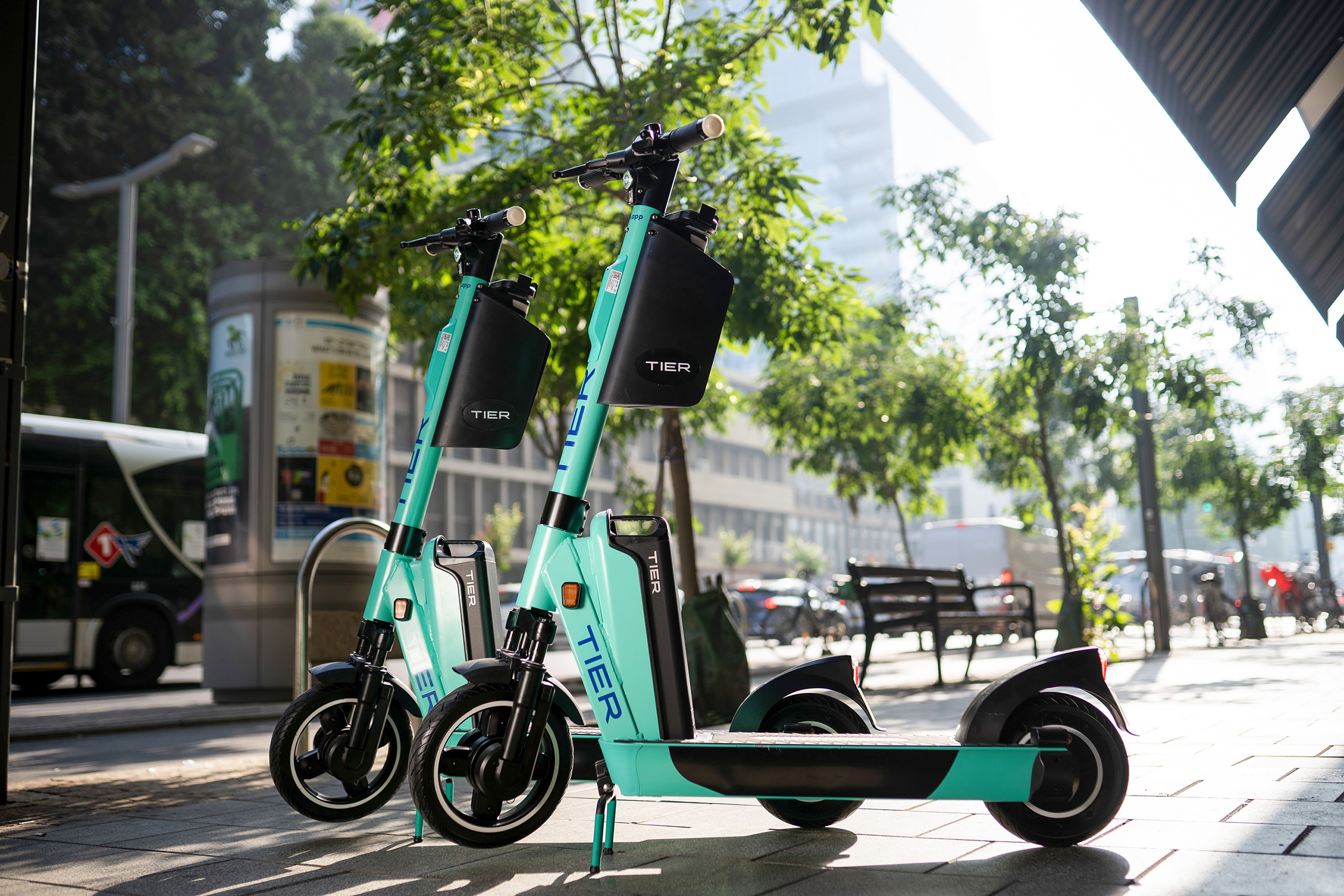Using LCAs to scoot down our emissions
November 17, 2022
By Kerri Robinson, Sustainability Manager at TIER Mobility

Life Cycle Assessments (LCAs) are another central tool for climate action, providing complementary insights to the corporate carbon footprint assessment. We can use LCAs as a way to zoom into the product and operations, and to identify key leverage points for emission reduction.
A cradle-to-grave LCA looks at the impact throughout a product's entire lifecycle, starting from production, over its use phase all the way to its end-of-life. For a micro-mobility vehicle, this unit of impact is typically “grams of CO2 emissions per passenger kilometer” (gCO2/pkm), derived from the full lifetime impact and divided by the vehicle’s total lifetime mileage.
A decision making tool
At TIER, LCAs are used as a powerful tool to improve the sustainability of our own operations, logistics, end-of-life management and to inform the design of future vehicle models.
The granular analysis allows us to accurately identify emission hotspots at both product and operational level and quantify their impact. One such example is primary aluminum, which has a high emission factor and typically contributes a large share to the vehicle's overall carbon footprint. Based on these insights, TIER has made it its goal to increase the share of recycled materials (especially for aluminum) and substitute other high impact materials.
Tracking progress
To date, we have conducted LCAs for all the latest generation TIER vehicles which has enabled us to directly monitor the results of our work. Our latest e-scooter model, the TIER VI, has a carbon impact of just 39.5 grams per passenger km in an optimum operational scenario (full report here). This is almost 70% less compared to that of the first generation e-scooter! We have achieved these improvements largely by increasing the vehicle lifetime, improving the sustainability of our own operations, and incorporating an increased share of recycled material into the production of our vehicles.
Sources: ITF (2020); Severengiz et al. (2020); HSBO (2021); HSBO (2022)
For each LCA, we take a meticulous approach by dismantling, weighing and categorizing our vehicle components, and creating two operational scenarios to capture the potential range of impact in the use phase. The green scenario is one in which all operations are delivered with electric vehicles and the batteries are charged with renewable energy (EU wind mix), and the grey scenario is characterized by a mix of operational vehicles (diesel & electric) and regular EU grid electricity mix is used to charge the batteries.
Where to next?
LCA’s can be a very useful tool for tracking internal progress and guiding decision making. However, the lack of standardization of LCA methodologies within the micromobility industry and transport sector currently makes it very challenging for policymakers and city authorities to make informed decisions based on a comparative analysis.
To close this gap, TIER is actively contributing to European and international initiatives including the New Urban Mobility Alliances (NuMo’s) forthcoming LCA guide for micro-mobility. Although still in the development stage, we anticipate that the guide will play an important role in synchronizing the industry approach. Similarly TIER is also contributing to the initiative of the European commission for harmonization of GHG emissions accounting in the transport sector (position paper here).
We are confident that standardization in the industry will further encourage operators to accelerate climate action. In the meantime, we will continue to assess and monitor our vehicles and operations, using our previous assessments as a comparative tool. To guide our focus, we have set the ambitious goal of reducing the production and transport related impact of our vehicles 50% by 2026. What’s your target?